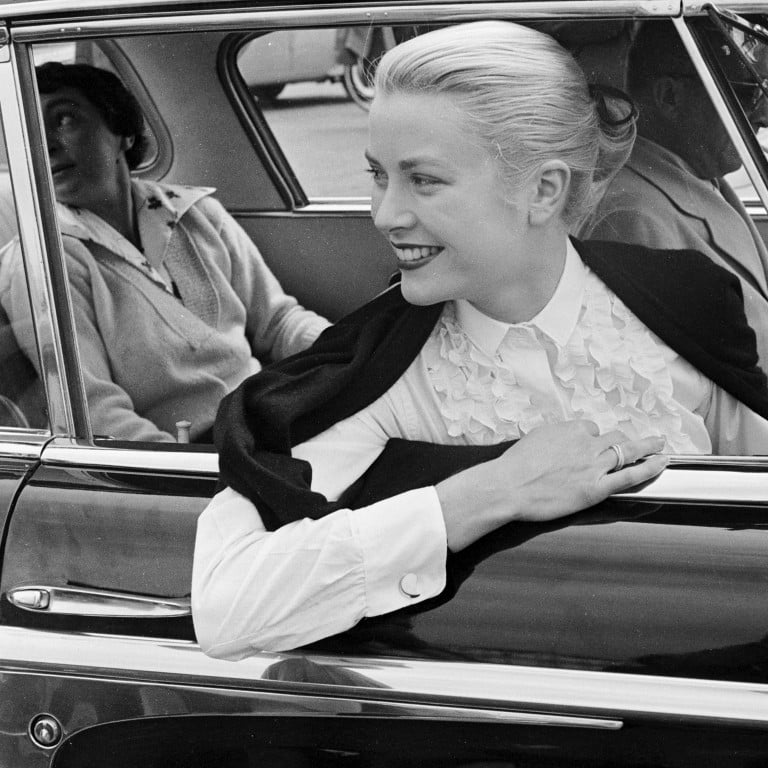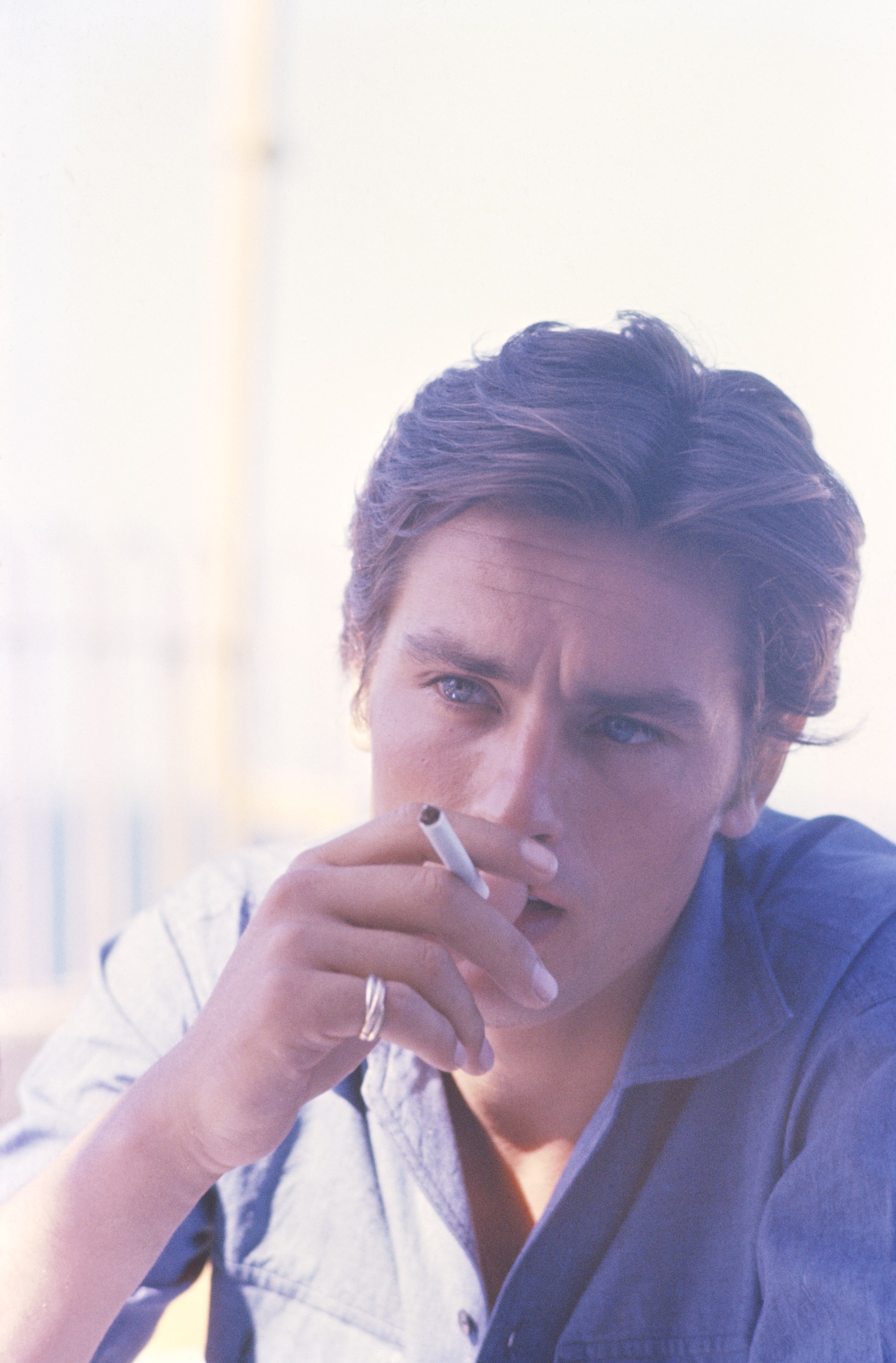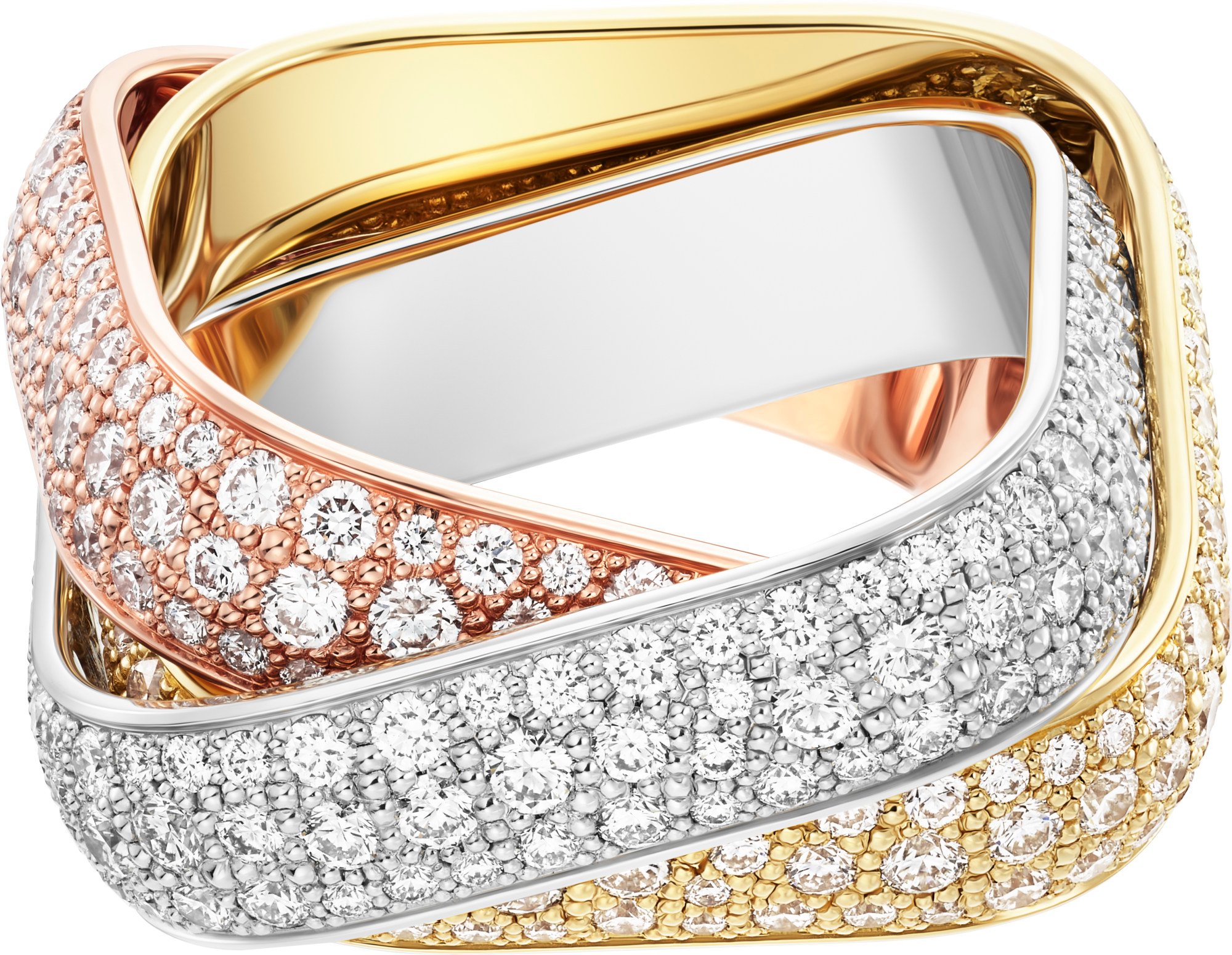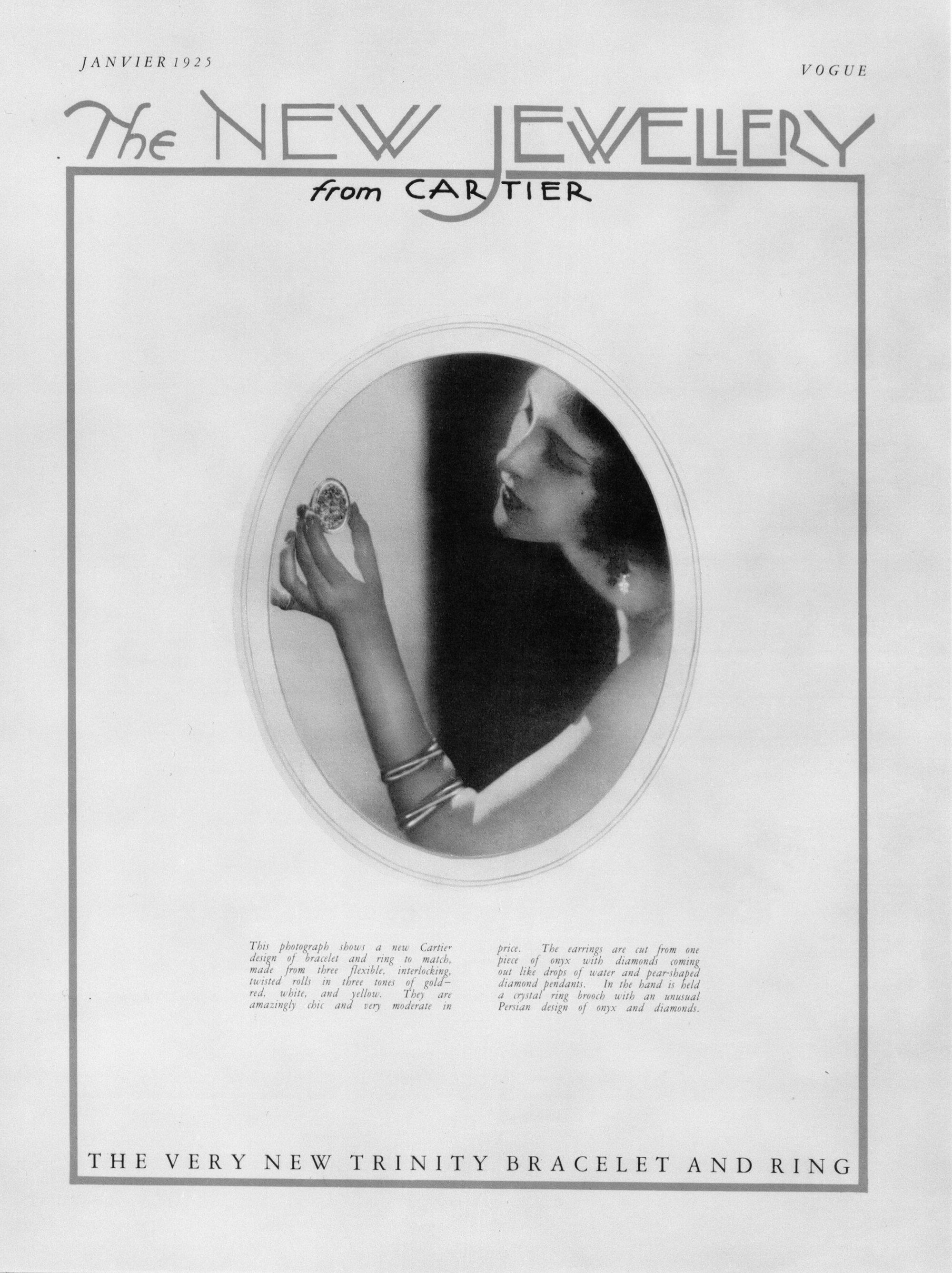How Cartier is reinventing the classic Trinity collection for its 100th anniversary by adding edgy angles to the iconic rings, bracelets and earrings made famous by Grace Kelly and Jean Cocteau

How do you reinvent an icon? That was the challenge faced by Marie-Laure Cérède, Cartier’s creative director of jewellery and watches, when tasked with updating one of the Parisian jeweller’s signature collections.

To celebrate the centenary of the Trinity range, Cérède and her team came up with something quite unexpected and radical. Previous bracelets, rings and pendants in the collection were immediately recognisable thanks to the three intertwined bands in yellow, white and rose gold. The latest pieces come in what she calls a “cushion shape”, a term used to describe gems cut into a square or rectangle with rounded corners. In other words, she turned the circular bands of Trinity into squares, in a remarkable departure from the traditional design that still stays true to its spirit.

“When we thought about redesigning Trinity we realised that it wouldn’t be easy,” says Cérède. “It’s an icon because it’s perfect … so we started asking ourselves what the fundamentals of Trinity are: three intertwined bands. Everyone plays with it, like a fidget toy, so we wanted to keep that and also to say something else but not something completely different from what already exists.”
From Harry Styles to Pharrell, all these men have worn women’s jewellery with pride

Cérède spent more than a year developing the new creations, working on details such as the noise that the bands make when wearers move their arms or play with them, ensuring that it wouldn’t be different from that of the original. “This is not the first time we tried to look again at an icon and it’s not easy to do something new,” she says. “We started with a real band and we compressed it, relaxed it and played with the material. It was incremental and we had many prototypes made. Everything was done considering the fundamentals of Trinity: it glides onto your finger or arm and makes that noise. From that we started to work the volume like a sculpture; it was a work of millimetres to calibrate everything, a game of ergonomic essentials.”

Unlike other Cartier signatures such as the Love and Juste un Clou lines, Trinity stands out for its suppleness and flexibility, which Cérède says is an extremely modern approach if you consider how it is much older than those other collections.
Square with flair: 6 watches bringing the unusual dial shape back in 2024
“Imagine how innovative it was in 1924,” she adds. “Totally pure, no decoration, only three bands intertwined – it was in the spirit of Cartier to pave the way for a simple and unique object. It’s not ephemeral but timeless. Trinity was the first [Cartier icon] and universal, for every gender. It’s intimate. There is a specific relationship between Trinity and the wearer because you play with it and it is satisfying and sensual and not something you put on your wrist, like Love, and that’s it – you play with it and it makes that noise. It’s not just visual but also with sound and touch.”

High jewellery in 2024: the trends, products and predictions you should know
Cérède adds that Trinity can mean all sorts of things to its wearers. She recalls how French writer Jean Cocteau wore it as a symbol of love for his partner and that her own mother had two Trinity bangles. Their noise still reverberates. She romantically calls it her “madeleine de Proust”, a French saying that refers to a smell, taste or sound – like the whiff of a fragrance – that brings back a long-lost memory.

- Squaring the circle? To celebrate the centenary of the Trinity range, Cartier gave it an update, transforming the classic circular designs into quadrilaterals
- Cérède recalls how French writer Jean Cocteau wore the OG ring as a symbol of love for his partner and that her own mother had two Trinity bangles – screen stars Grace Kelly and Alain Delon were also fans